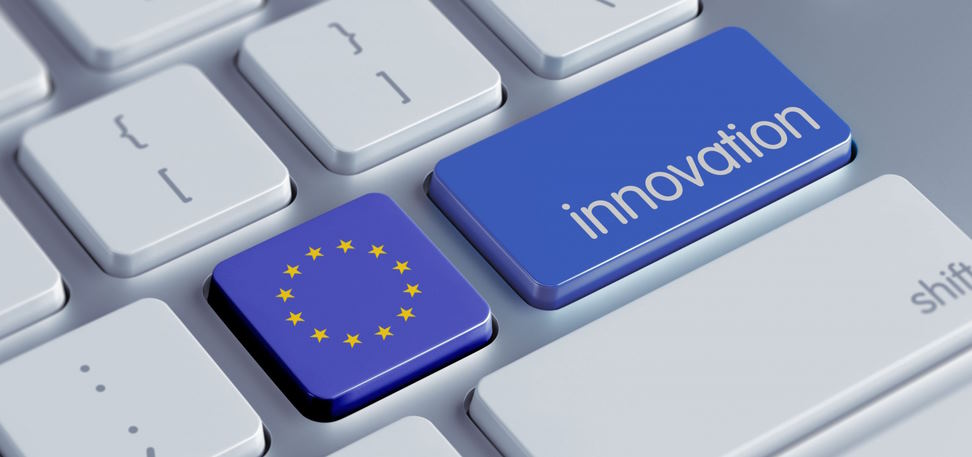Green Innovation: European Funding Programs for Sustainable Inventions
Green innovation is essential in addressing the pressing environmental challenges that the world faces today, and European funding programs play a crucial role in driving sustainable inventions. With initiatives such as LIFE program, the European Union has been at the forefront of supporting innovative projects that aim to tackle environmental issues across various sectors. In this article, we will provide an overview of these European funding programs, highlight success stories of green innovation, discuss the challenges and opportunities for innovators, and provide practical tips for successful funding applications. By shedding light on the funding opportunities available for sustainable inventions, this article aims to inspire and guide innovators towards harnessing the potential of European funding programs to create a greener and more sustainable future.
Success Stories of Green Innovation
European funding programs have been instrumental in driving green innovation, supporting numerous successful projects that have had a significant impact on sustainability, economic benefits, and societal well-being. One such success story is the “Clean Energy for All” project, which aimed to provide access to affordable and sustainable energy for underserved communities in rural areas. Through the installation of solar panels and energy storage systems, the project has improved access to clean energy, reduced greenhouse gas emissions, and created local jobs, thus promoting economic growth and environmental sustainability.

Another notable success is the “Circular Plastics Network” project, supported by the LIFE program, which aimed to address the challenge of plastic waste pollution by promoting circular economy practices in the plastics industry. The project facilitated collaboration among stakeholders, developed innovative recycling technologies, and promoted the use of recycled plastics in new products. As a result, the project has contributed to reducing plastic waste, conserving resources, and minimizing environmental pollution, while also creating new business opportunities and supporting the transition towards a circular economy.
Furthermore, the “Green Mobility” project, funded by Horizon Europe, has been successful in promoting sustainable transportation solutions. By supporting research and innovation in electric mobility, the project has accelerated the development of advanced electric vehicles, charging infrastructure, and smart mobility services. This has not only reduced greenhouse gas emissions and air pollution but has also created new employment opportunities and fostered sustainable economic growth.
These success stories illustrate how European funding programs have played a pivotal role in driving green innovation and addressing environmental challenges. Through their support, these projects have achieved tangible outcomes in terms of sustainability, economic benefits, and societal impact. They serve as inspiring examples of how innovative ideas, supported by European funding, can contribute to a greener future by fostering sustainability, promoting economic growth, and improving societal well-being.

Tips for Successful Funding Applications
Applying for European funding programs for green innovation can be a competitive and complex process, but with careful preparation, it can be a rewarding opportunity to secure support for your sustainable invention. Here are some practical tips to increase your chances of success:
- Develop a Compelling Project Proposal: Your project proposal should clearly articulate the problem you are addressing, the innovative solution you are proposing, and the expected outcomes. Clearly define your project’s objectives, activities, and timeline, and ensure they align with the goals and priorities of the specific funding program. Be concise, yet persuasive, in explaining the potential impact of your project in terms of environmental sustainability, economic benefits, and societal impact.
- Address Evaluation Criteria: Familiarize yourself with the evaluation criteria of the funding program and ensure that your proposal effectively addresses each criterion. Highlight how your project meets the specific requirements, and provide evidence to support your claims. Be thorough in explaining the feasibility of your project, including technical, financial, and organizational aspects. Consider engaging external experts for peer review to ensure the quality and robustness of your proposal.
- Navigate the Application Process: Pay close attention to the application guidelines and requirements of the funding program. Follow the instructions meticulously and provide all the necessary information and supporting documents. Be mindful of deadlines and submit your application well in advance to avoid last-minute delays or technical issues. Seek assistance from relevant stakeholders, such as innovation support organizations or consultants, if needed, to ensure a smooth application process.
- Emphasize Collaboration: Collaboration is often highly valued in funding applications. Demonstrate how your project will engage relevant stakeholders, such as industry partners, research institutions, or local communities. Highlight the expertise and contributions of your project team, and explain how the collaboration will enhance the success and impact of your project. Foster partnerships that can bring added value to your project, such as expertise, resources, or access to markets.
- Consider Sustainability: Sustainability considerations are crucial in green innovation funding applications. Clearly outline how your project aligns with sustainability principles, such as environmental protection, social inclusivity, and economic viability. Highlight how your project will contribute to addressing global environmental challenges and promote a transition to a greener and more sustainable future. Demonstrate your commitment to responsible resource management, energy efficiency, and sustainable practices throughout the project lifecycle.
- Align with European Policy Priorities: European funding programs are often aligned with the policy priorities of the European Union. Familiarize yourself with the relevant policy frameworks, such as the European Green Deal, and ensure that your project aligns with these priorities. Clearly articulate how your project supports the strategic objectives and societal challenges outlined in the policy frameworks. Highlight the potential impact of your project in contributing to the policy goals and demonstrating its relevance to the European context.







